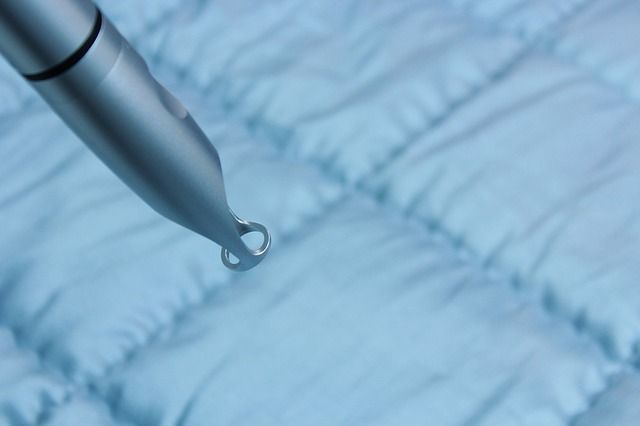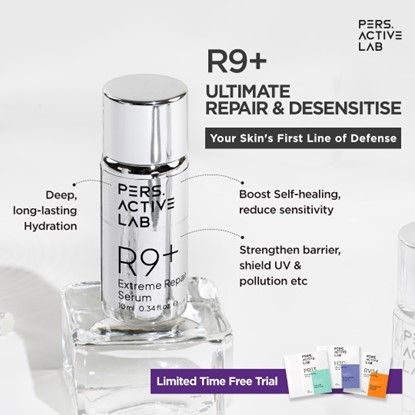Lasers are incredible tools that can help perk up various concerns of the skin, such as acne scarring, fine lines, hair removal, wrinkles, sun spots, acne scars, removing tattoos you don’t like on your body anymore, uneven skin tone and texture, droopy/ dry, sagging eyelid skin, dark circles, Vascular lesions, tightening of skin etc. It is a source of high intensity light. The beam of laser can lightly vaporize and ablate the skin tissues to treat various aspects of your skin. With the new enhanced and advancing technologies, much other skin related issues and diseases too can be treated using laser therapy.
Best time to have skin laser treatment:
Did you know that monsoon or autumn are considered as the “laser seasons”? Because laser-treated skin is oversensitive to sun exposure for up to a year following some procedures, we recommend undergoing laser therapy during monsoon or winter months. Regardless of what time of year you have your laser treatment, it is advised to wear SPF 25 or higher sunscreen everyday and reapply as and when required. This helps to keep your results looking their best and provides defense against skin issues and helps stop further premature aging.
Are skin laser treatments painful?
We regularly evaluate the sensation felt during laser therapies to a rubber band snapping against the skin. However, what laser treatment depends on the type of laser, the deepness and area of treatment, and a person’s tolerance for pain. Some advanced laser treatments may necessitate local anesthetic injections or intravenous sedation to keep a patient at ease. We recommend safe ways to control uneasiness after laser therapies when necessary to our clients.
Types of lasers optimized for different concerns:
The reason there are so various different laser therapy options is that no one laser can treat all clients and all skin issues.
- CO2 Lasers- they are usually ablative lasers used to treat scars, warts, wrinkles and other deeper skin issues.
- Erbium Lasers- They promote collagen remodeling and used for treating fine lines, wrinkles, skin laxity as well as spots.
- Pulsed- Dye Lasers are characteristically non-ablative lasers which heat the skin and take in pigments to decrease redness, hyper pigmentation, broken capillaries etc
- Fractional Lasers- It is mainly used for age-related blemishes.
Recovery Process
Though laser treatments are usually measured non-surgical, not all are downtime-free. Some lasers frequently need no downtime at all, while some can require up to 3 week process of healing, before the new skin has healed entirely and final results are obvious.
This does not mean you have to stay at home while you recover but, you may need to adapt your activities to avoid situations where infection is probable (swimming, gym, workouts etc).

